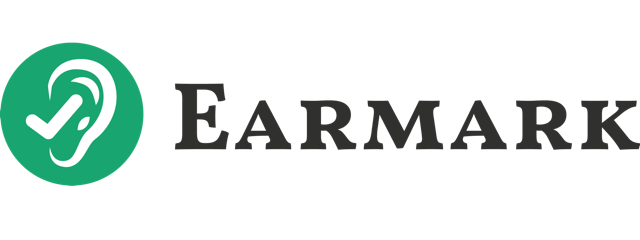An accounts payable solution now exists that seamlessly processes complex, multi-page invoices, interprets various formats, and applies intricate accounting rules without human intervention. For decades, this has been a distant dream for accountants. Traditional software often struggles with irregular documents and requires endless manual corrections. However, an unexpected innovator—a manufacturing engineer—has made this dream a reality.
In a recent Earmark Expo webinar, we explore how treating accounts payable automation as an engineering challenge enables CPAs to achieve truly hands-off processing of complex financial documents with confidence in their accuracy.
From the Manufacturing Floor to Back Office Revolution
How does someone who builds glass-dimming technology for Boeing aircraft revolutionize accounts payable automation? The answer lies in a fundamental frustration many manufacturing companies face: despite sophisticated engineering capabilities, they struggle to track and understand their costs accurately.
“Though it sounds kind of trite,” explains Charley Howe of MakersHub, “when he reduced down what the ultimate limitation was, it was back office and finance related.” Charley’s co-founder, Phong Ngo, had built a successful manufacturing company producing advanced equipment for major OEMs yet couldn’t scale the business as expected. The limiting factor wasn’t engineering capability—it was the inability to truly understand cost structures and bid competitively.
This challenge led to a crucial insight: while manufacturing processes were optimized through engineering principles, back-office processes were stuck with traditional accounting software approaches. The engineering mindset—breaking down complex problems into solvable components and building systematic solutions—had never been adequately applied to accounting automation.
Engineering Solutions for Real-world Complexity
The actual test of any AP automation solution comes when it faces the messy reality of real-world documents. Consider processing a 68-page document from Home Depot containing 63 separate bills and credits, many with faded text or handwritten notes. Traditional OCR tools would find this impossible. For MakersHub, it’s a 60-second task.
“Invoices are like snowflakes—they’re all a little different. It’s hard to do it perfectly,” says Charley. MakersHub’s engineering approach has cracked this challenge by building intelligence into the system. Rather than just looking for numbers on a page, the system understands context—distinguishing between list prices, multipliers, and net prices; recognizing when items don’t align with descriptions; and automatically validating that line items sum to totals.
What previously took hours of manual data entry and verification can now be accomplished in minutes. Users report time savings of up to 95% on complex document processing tasks. When line items don’t sum to totals or required fields are missing, the system flags these issues automatically, preventing incorrect entries in the accounting system.
A System That Learns and Adapts
Perhaps MakersHub’s most powerful aspect is how the system learns and improves over time. Unlike traditional OCR tools, which require users to draw boxes around fields and hope future documents maintain the same layout, this system uses artificial intelligence to understand document context and learn from user corrections.
Take the example of processing invoices from a glass company. When the system initially missed a surcharge field, teaching it the correct location took seconds. “That one-time fix took five seconds. And now, for the perpetuity of using MakersHub, that problem is fixed,” Charley explains. The system doesn’t just memorize field locations—it understands what the field means and can find similar information even when documents change.
Users can use an integration mapping tool to capture rules for how different purchases should be coded. Whether routing office supplies to one account and manufacturing materials to another or handling multiple expense categories from the same vendor, the system learns and applies these rules. For accounting firms handling various clients, this means maintaining different rules for each client while ensuring consistent treatment across all transactions. And if an employee leaves or is reassigned, the knowledge of how to categorize transactions stays in the system, making it easier to train their replacement.
The Future of AP Automation Is Here
Applying engineering principles to accounts payable automation represents more than an incremental improvement—it’s a fundamental shift in how we approach accounting automation. By treating AP automation as an engineering challenge rather than just an accounting problem, MakersHub has achieved what traditional software solutions couldn’t: hands-off processing of complex financial documents with confidence in their accuracy.
For accountants, this breakthrough means finally delivering on the promise of automation to clients while shifting focus to higher-value advisory services. The system’s ability to handle complex documents, learn from experience, and maintain consistent accounting treatment creates a competitive advantage in an increasingly automated profession.
See the Revolution in Action
Want to see this revolutionary approach to AP automation in action? Watch the entire Earmark Expo webinar to learn how engineering principles could transform your practice’s approach to document processing and free your team to focus on what matters most: serving clients.
